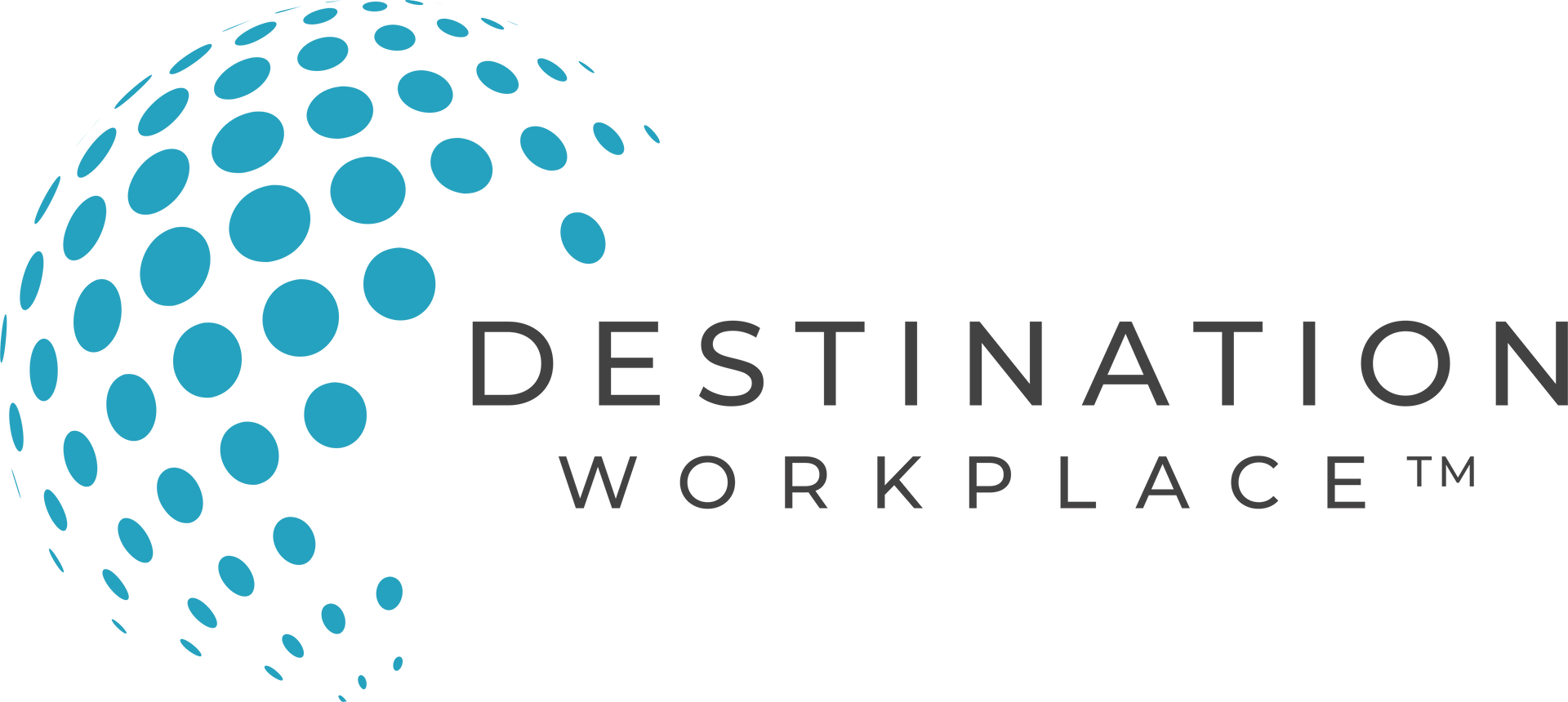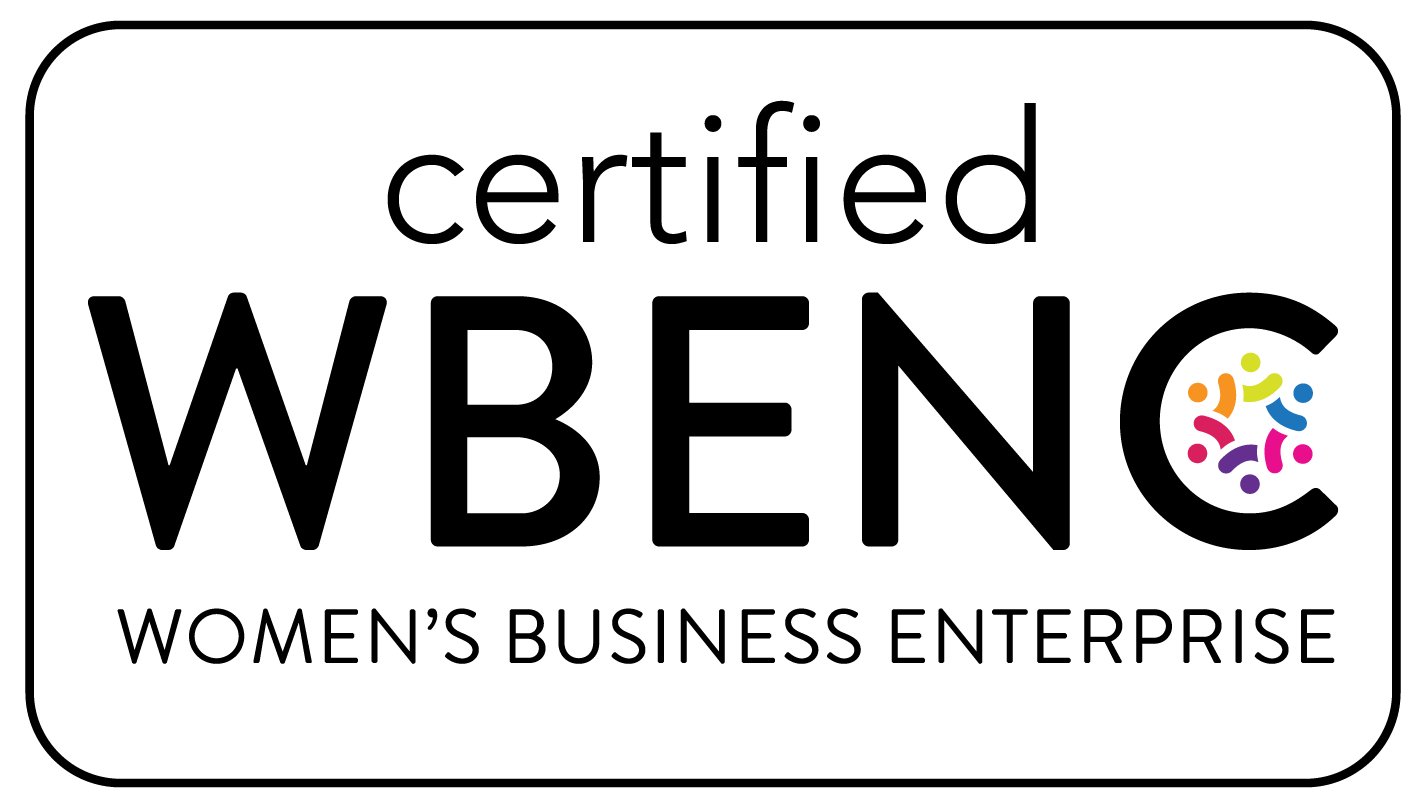In a perfect world, our employees show up on time, get along with one another and give 100% to their daily tasks. In reality , that’s not how it works out most days. Certain employees have started to take advantage of the system to see what they can and cannot get away with. As a leader, it’s your job to set the expectations and not allow anyone to fall beneath them. If you aren’t raising your employees to meet your standards, then you’re most likely lowering to meet theirs. However, having that “awkward conversation” with an employee can be difficult and often stressful when you don’t know what to say. What I’ve found, is that most managers avoid speaking with employees about their poor behavior, because they are scared of their reaction. What I’ve also found, is that if you don’t say something, the behavior not only continues…it gets worse and spreads like a virus amongst your team. This is where your disciplinary skills, people skills, and emotional skills need to be honed in order to help improve bad behaviors within your team.
One of the best methods I’ve learned for handling poor behavior professionally and effectively is to use 4 simple phrases. It’s called, “The FEAR Method”, and it’s best used during the first conversation you have about a particular behavioral incident; such as tardiness, gossip or under par work. If you can write this out before your employee’s performance review, you will have a better chance at having that uncomfortable conversation go more smoothly.
(Watch video first!)
Here are the 4 performance review phrases for improving bad behavior, using
The F.E.A.R Method:
Let’s use “being late to work” as an example as we go through these phrases.
F.E.A.R :
F= Fact
The first phrase is simply to state the fact of what has happened. You want to make sure to leave out any emotions on your end. As the leader, it’s up to you to set the tone for this meeting, so be the thermostat, not the thermometer.
Example:
Fact: “I’ve noticed that you’ve been late to work the past couple of days.”
(After this, ask a quick “checkpoint” question to allow them time to speak and explain.)
Checkpoint Question: “Is there anything that is keeping you from getting here on time?”
You may feel the checkpoint question is unnecessary, however, it is extremely important to include before you go to to the next phrase. They will feel a need to express themselves. If you honor them by giving them this time, they will respect your next steps. You also may find out that they have a valid reason for their behavior and need to talk it out.
E= Explain
The second phrase is to explain how their behavior is affecting the team, their work or an upcoming project deadline. If you skip this phrase, they won’t fully understand the harm in their actions and may continue to repeat it.
Example:
Explain: “When you’re late, I need to disperse your tasks amongst the rest of the team which makes everyone else fall behind on their work.”
Checkpoint Question: “Do you see how this affects not only you but the rest of the team as well?
A-Action
In the third phrase, you will need to state the action you want them to take from here on out. This phrase often gets butchered, because often times managers ask this as a question, instead of making it a statement. Listen closely, do NOT ask this as a question or you will lose credibility as their leader. Be firm when making this statement. This phrase also needs to be precise and to the point.
Example:
Action: “I expect you to be here at 9 am from here on out. If you are going to be late, I need you to call me and let me know at least 2 hours before your shift.”
Checkpoint Question 1: “What time do I expect you to be here?”
Checkpoint Question 2: “When do you need to call me if you are going to be late?”
You’re simply getting confirmation that they understand the change you’re telling them to make.
R-Result
The fourth phrase is similar to the third. You need to be strong and confident when you say it. In this phrase, state the result or consequence that will come from continued behavior. This is not a threat; it’s simply a statement that lets them know you expect their behavior to change, and that there are consequences for not taking the conversation seriously. You can both a positive or negative result for this part.
Example:
Positive Result: “By you showing up on time, everyone else can start their work on time as well, and we can reach our goals faster that way.
Negative Result: “If you continue to be late, I will have to take further disciplinary action; up to and including termination.”
Checkpoint Question 1: “Do you understand this and agree to comply with what we have discussed today?”
Checkpoint Question 2: “Do you have any questions for me?”
Poor performance continues when a leader doesn’t take time to have these conversations. Be bold, be confident and be a leader that sets the standards for their team and their company.
Tweet it!
You’re either raising your team to meet your standards or lowering to meet theirs.
Click To Tweet
Betsy Allen-Manning
Leadership Speaker | Best Selling Author | Human Behavior Expert
www.BetsyAllenManning.com
Learn it & Live it:
2. Don’t forget to subscribe to the blog and get your FREE copy of, “The Leadership Productivity Formula”-10 Ways to Beat Procrastination and Get Stuff Done
3. Come join me over on my Facebook page and feel free to ask me questions that you struggle with as a leader , and I’ll answer them in upcoming blogs.
4.If you or your company want more advanced training or are looking for a keynote speaker for your next event, contact me here to come in and train your leaders or speak at your next function. leaders or speak at your next function.
Share the Quote Love!












